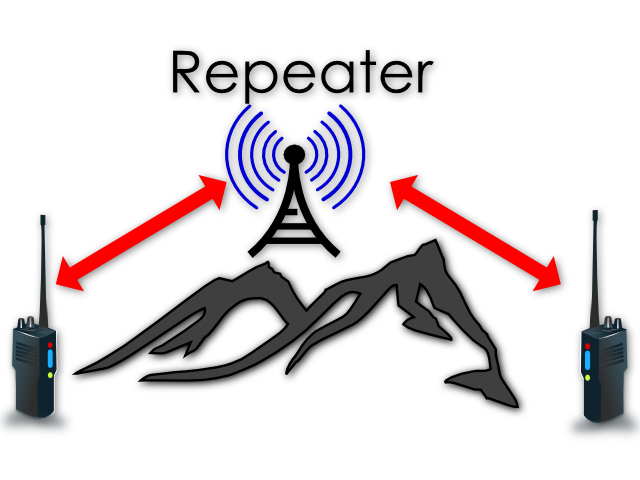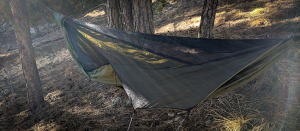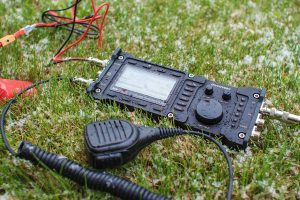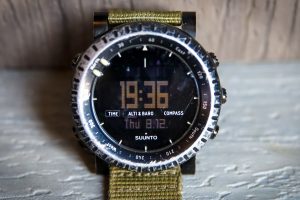Communications
3 min read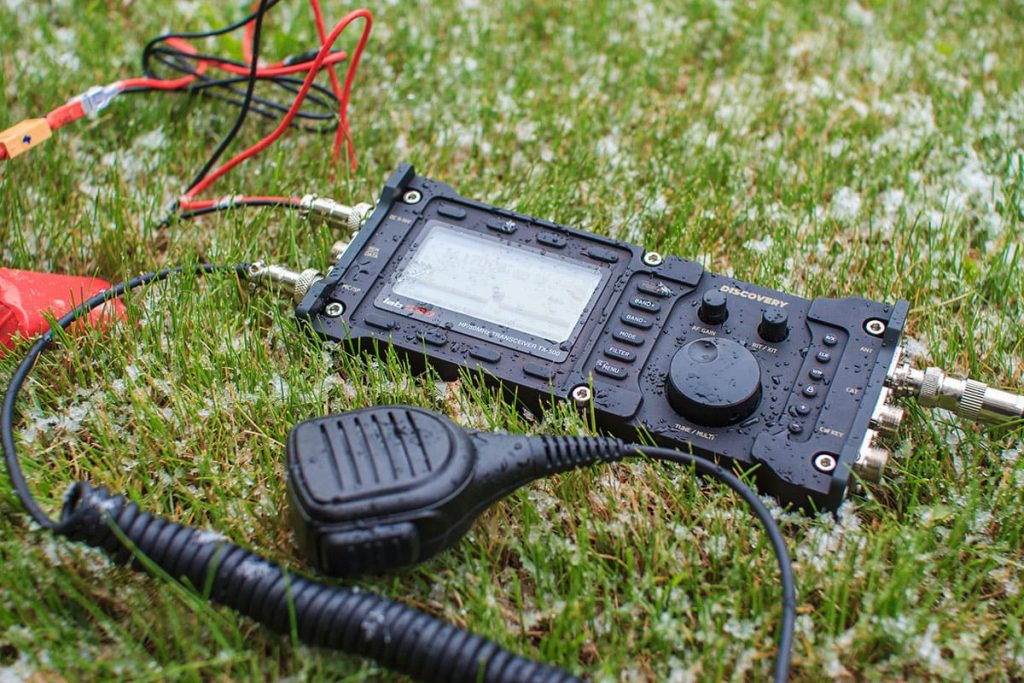
How often do we buy gear, use it and let it sit until the next season? Shouldn’t we be using it, testing it, getting proficient with it, after all ya, never know when you might need it. This is true when it comes to communications.
No Cell Coverage, No Internet
A great example of “ya never know when you might need it”, or, EMCOMMS (emergency communications) happened back in December, 2020. A former employee of AT&T blew up a vehicle outside of a building in Nashville, TN taking out cell phone and internet communications for thousands of people in Nashville and the surrounding area. Think about it, with no traditional way of communications available how would you inform friends and family that you’re safe? Your landline service is down, your cell phone is useless, no internet – you’re cut off from the world and you live in the city.
What did Jason, a YouTuber, who lives near Nashville, do? He turned to ham radio and was able to send an emails via his ham radio using an email service call Winlink. Yes, that is a thing – email over radio!
While this article is not meant to recruit you to enter the amateur radio world it is intended to make you think about “what if” scenarios (as it relates to off-grid communications). Let’s face it, the crazier this world gets the more likely we’ll be faced with these crazy scenarios.
To further drive this concept home let me highlight what we experienced during the summer of 2021. We live in a rural part of Colorado, near Colorado Springs. A forest fire broke out about 3 miles from our home. High winds and extreme drought made things quite dangerous. To further complicate things, the fire was located in an area which has very little cell phone coverage. How did I communicate with my family? Since cell phones were useless we used ham radios and GMRS radios. The same radios I use in the backcountry.
Let’s switch gears a bit – I mentioned GMRS radios. So, what is a GMRS radio? GMRS stands for General Mobile Radio Service. These are the blister pack radios you see at Bass Pro, Walmart, etc. Note that these are different from FRS radios (well, sort of, Family Radio Service). While FRS and GMRS radios share that same channel/frequency space the biggest difference is the power output allowed by the FCC. 1/2 watt for FRS, up to 50 watts for GMRS. Since they share the same channel/frequency space FRS and GMRS radios can be used together. Another difference is that the use of FRS radios does not require a license, while a license is required for GMRS (although no test is req’d, the license is good for 10 years and it’s good for your entire family). The use of GMRS over FRS radios seems like a no-brainer.
What’s a Repeater?
In addition to a higher output (which is a huge advantage), what does GMRS offer that FRS doesn’t? The use of repeaters. What’s a repeater? Basically it’s a dual-sided radio that can receive and transmit at the same time (on different channels). Imagine you’re in valley A while your buddy is in valley B. The ridge between you will block communications. Here is where the repeater comes in. As long as each of you can reach the repeater you can communicate. Link repeaters together and the distance that you can communicate becomes much larger. Temporarily setup a repeater at you base camp and you’ve dramatically expanded your communications capability.
Who owns repeaters? Anyone can. Clubs, individuals, etc. Are they for public use? Many (most?) are. You can list a list/map of GMRS repeaters at www.myGMRS.com.
Which GMRS Radio Should I Get?
A question that may not be obvious is: will all GMRS radios work with repeaters? No. As you can imagine, it takes a little more technology to perform more complicated comms. Will FRS and GMRS radios with with each other? Yes.
There are countless radios from many manufacturers with a broad range of prices. Prices vary due to radio quality, capability (can it receive on two freqs at the same time), is it repeater-capable, battery size, etc. A good place to study what’s available can be found at Buy Two Way Radios.

